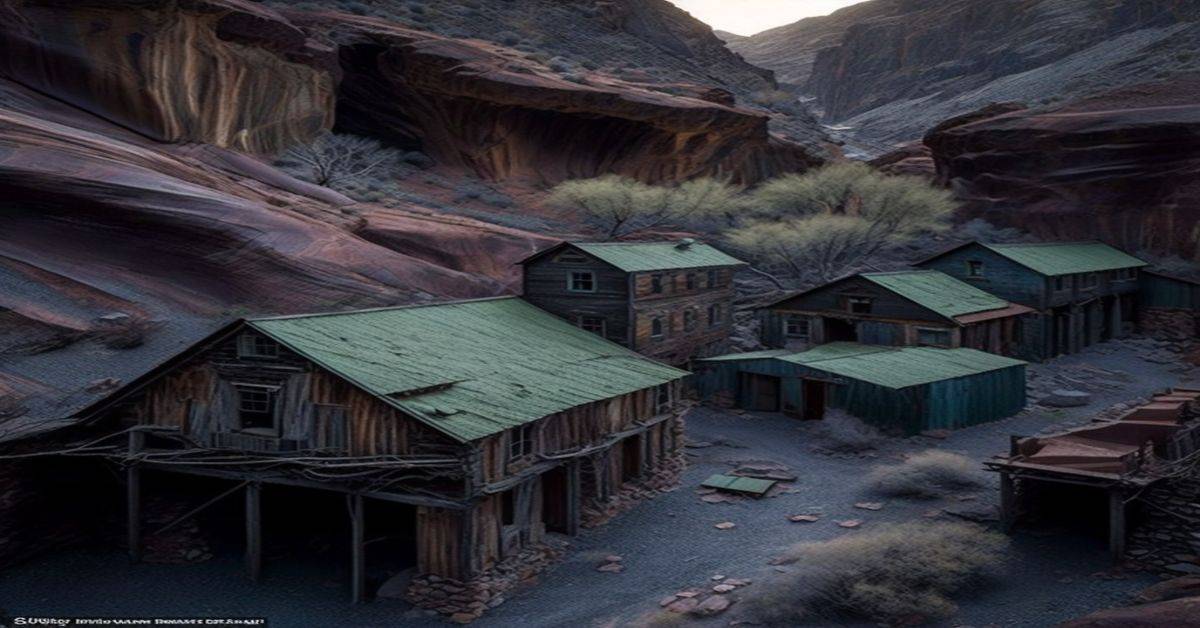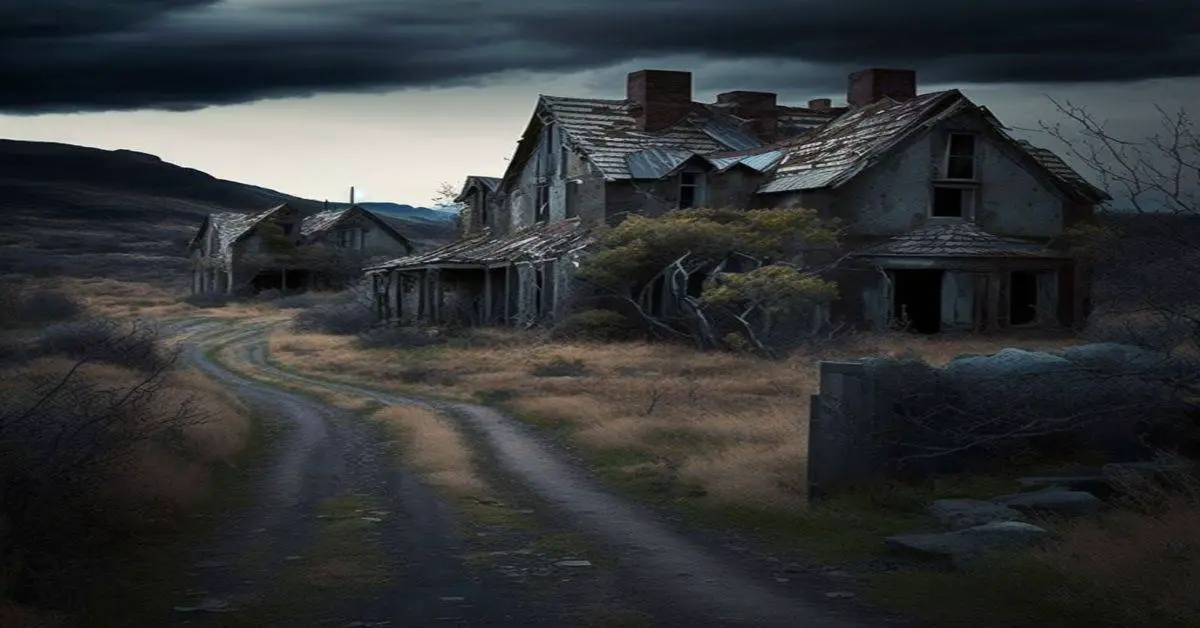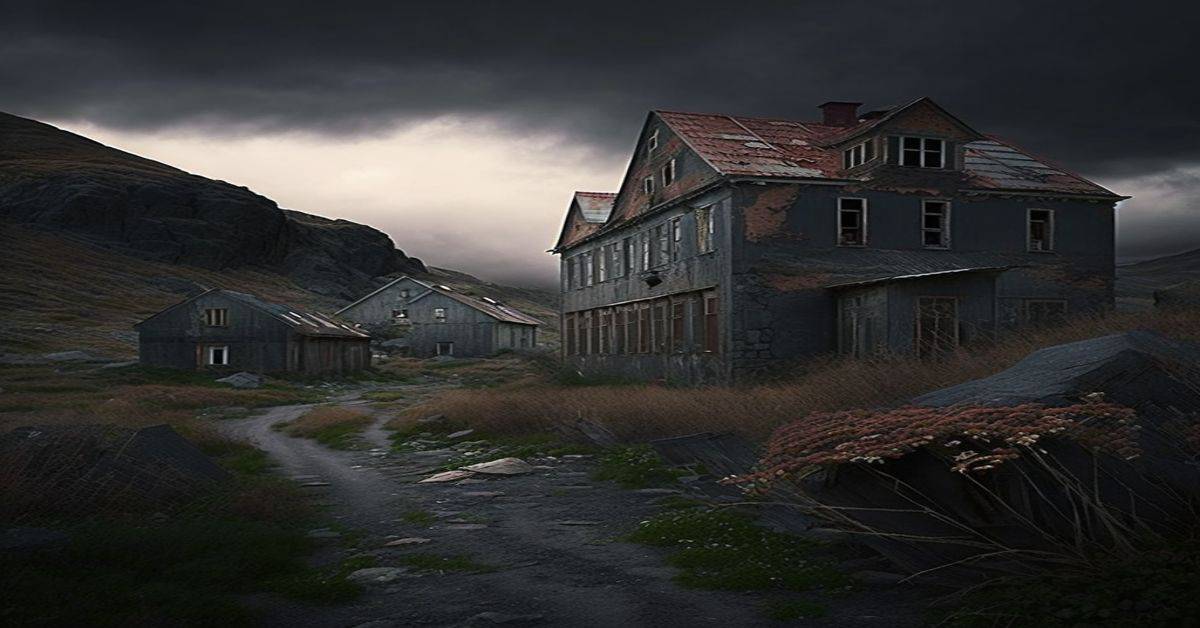Bayport, Florida was once a thriving port city on the Gulf Coast, serving as a hub for transporting goods like cotton, citrus, and meats before and during the Civil War. Today, it stands as a ghost town, its original townsite now reclaimed by nature and transformed into a public park and boat ramp. Despite its deserted appearance, Bayport still holds a rich history waiting to be explored by visitors seeking a glimpse into the past.
This article aims to provide a comprehensive overview of Bayport, Florida’s history, economy, decline, and current state. From the town’s origins to its eventual abandonment, we will delve into the factors that shaped Bayport’s past and led to its current status as a ghost town.
We will also provide practical information for those interested in visiting Bayport, including what to expect and how to make the most of the experience. Whether you’re a history buff or simply looking for a unique outdoor adventure, exploring the ghost town of Bayport, Florida is an experience not to be missed.
Key Takeaways
- Bayport was a small port on the Gulf Coast that shipped goods such as cotton, citrus, and meats before and during the Civil War.
- The town continued to function as a port and tourist destination until the late 1800s when the Bayport Hotel closed and burned down in the 1940s.
- Today, Bayport is a ghost town and the original townsite is now a public park and boat ramp.
- The area surrounding Bayport and Pine Island is an excellent example of undisturbed Florida beauty with remnants of Confederate era blockade runners boats visible in the Battery Point located within the Bayport park.
History and Origins
The historical background and origins of Bayport, a ghost town in Hernando County, Florida, can be traced back to its establishment in either 1842 or 1852 as a small port on the Gulf Coast. The town primarily served to ship goods such as cotton, citrus, and meats before and during the Civil War.
After the war, Bayport continued to function as a tourist destination until the death of John Parson’s in 1888. However, the town gradually declined and was eventually reclaimed by nature.
The Coogler family purchased quantities of land soon thereafter, and the Bayport Hotel would eventually be the only business in town, but it closed and burned to the ground in the 1940s.
Its decline as a port and tourist destination halted Bayport’s development, leading to a gradual loss of population and business. Today, only a few dwellings from the early 20th century remain just outside the park entrance. The former townsite has otherwise been reclaimed by nature and is all but grown over.
Despite this, Bayport remains a popular destination for visitors seeking to explore its historical origins and witness its undisturbed Florida beauty.
Economy and Industry
During the mid-19th century, Bayport played a significant role in the shipping industry as a port on the Gulf Coast. The town was a hub for transporting various goods, including cotton, citrus, and meats. These commodities were transported via steamships and schooners to other ports in the United States and beyond. The shipping industry in Bayport facilitated the town’s economic growth and development as it served as a major source of income for its residents.
Furthermore, Bayport also played a crucial role in the agricultural trade during its heyday. The town was surrounded by vast agricultural land that was used to cultivate crops and raise livestock. Bayport’s agricultural produce, such as citrus fruits and cotton, were shipped out from its port to other parts of the country. The town’s fertile land and strategic location made it an ideal destination for farmers and traders looking to expand their businesses.
The combination of a thriving shipping industry and a robust agricultural trade made Bayport a prosperous town during its peak, and its legacy still lives on through its historical remnants and landmarks.
Decline and Abandonment
Despite its past economic success, Bayport eventually experienced a decline in industry and population, leading to its abandonment as a town. One major cause of the decline was the death of John Parsons, who had been a major driving force behind the town’s growth and development.
After his death in 1888, the Coogler family purchased much of the land and the town’s only business, the Bayport Hotel, eventually closed and burned down in the 1940s. Additionally, the advent of new transportation methods, such as railroads and highways, made transporting goods to and from larger cities easier, leaving Bayport without a competitive advantage.
Despite its abandonment, efforts have been made to preserve the history and remnants of Bayport. The original townsite is now a public park, and the Bayport cemetery provides a detailed area history. The remains of the Battery, a Civil War-era fortification, can still be seen, and the overgrown remnants of the townsite serve as a reminder of what once was.
While the town may no longer be a bustling port or tourist destination, its legacy lives on through the efforts of those who seek to preserve its history.
Current State and Visit Information
Visitors to the former townsite of Bayport can experience the undisturbed beauty of Florida’s low-marsh surroundings and glimpse the area’s rich history through the preserved remnants of the Battery and the Bayport cemetery. The Bayport Park, which now occupies the original townsite, offers various park amenities such as a boat ramp, picnic facilities, and playgrounds. Visitors can also take a lazy drive through the marsh on Bayou Drive, which provides an excellent view of the surrounding area.
The natural surroundings of Bayport are a testament to Florida’s unspoiled beauty. The townsite has been reclaimed by nature, and much of the platted solid ground has never been more than marshy grassland. Despite this, a few dwellings from the early 20th century remain just outside the park entrance. The area is home to Coogler Beach, named after the Coogler family who purchased quantities of land in the area soon after John Parson’s death.
Overall, the Bayport Park offers visitors a unique opportunity to explore a piece of Florida’s history while enjoying the state’s natural beauty.
Frequently Asked Questions
Are there any ghost stories or paranormal activity associated with the Bayport ghost town?
There is no evidence of paranormal activity or ghost stories associated with Bayport. No known paranormal investigations have been conducted, and local myths do not mention any supernatural occurrences in the area.
What is the significance of the Coogler family in Bayport’s history?
The Coogler Family Legacy in Bayport’s founding is significant as they purchased large amounts of land after John Parsons’ death. The family played a role in maintaining Bayport’s economy as a port and tourist destination until the Bayport Hotel closed in the 1940s.
Has there been any archaeological excavation or research conducted in Bayport?
Possible research and excavation on Bayport’s historical artifacts has not been mentioned in the provided background information. Further investigation could reveal important insights into the town’s past and its significance to Florida’s history.
Are there any plans for future development or preservation of the Bayport ghost town?
Future plans for preservation of Bayport ghost town are unclear. Community involvement may be necessary to secure funding and support for any potential development or preservation efforts.
What other attractions or activities are available in the surrounding area of Bayport?
The surrounding area of Bayport offers a variety of activities such as a Kayaking Adventure down the Weeki Wachee River and Local Dining Options at restaurants like BeckyJack’s Food Shack.


